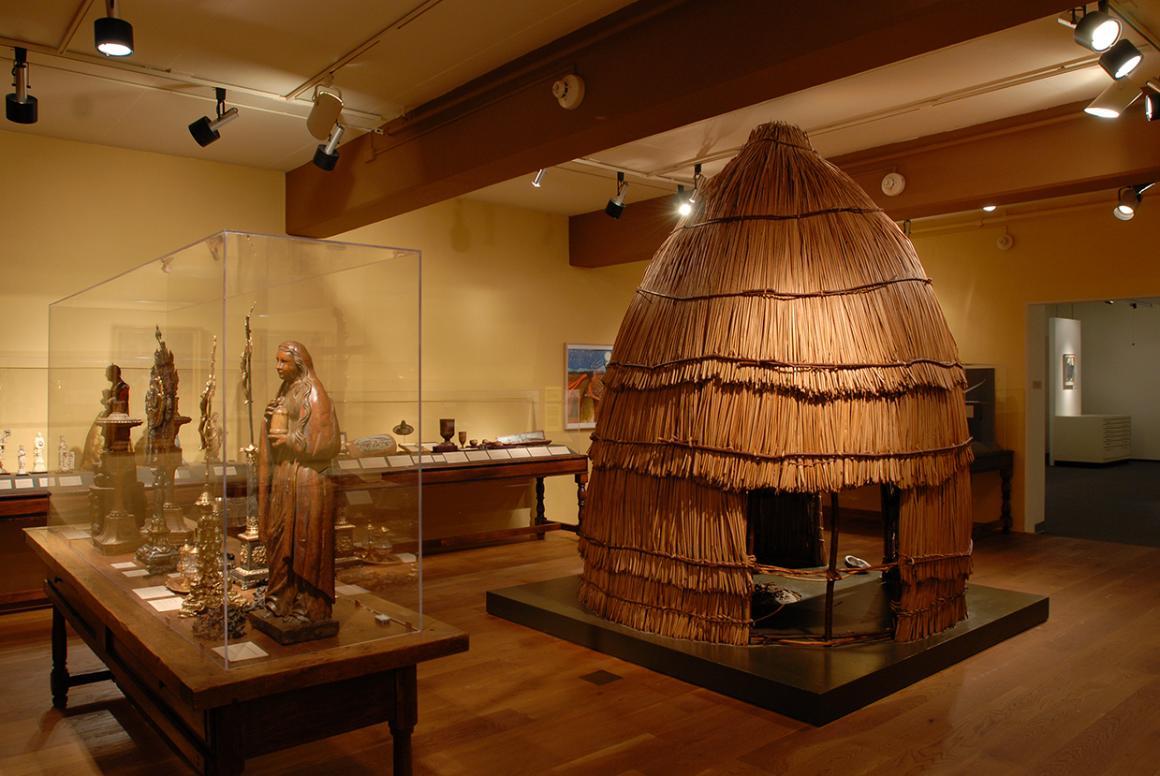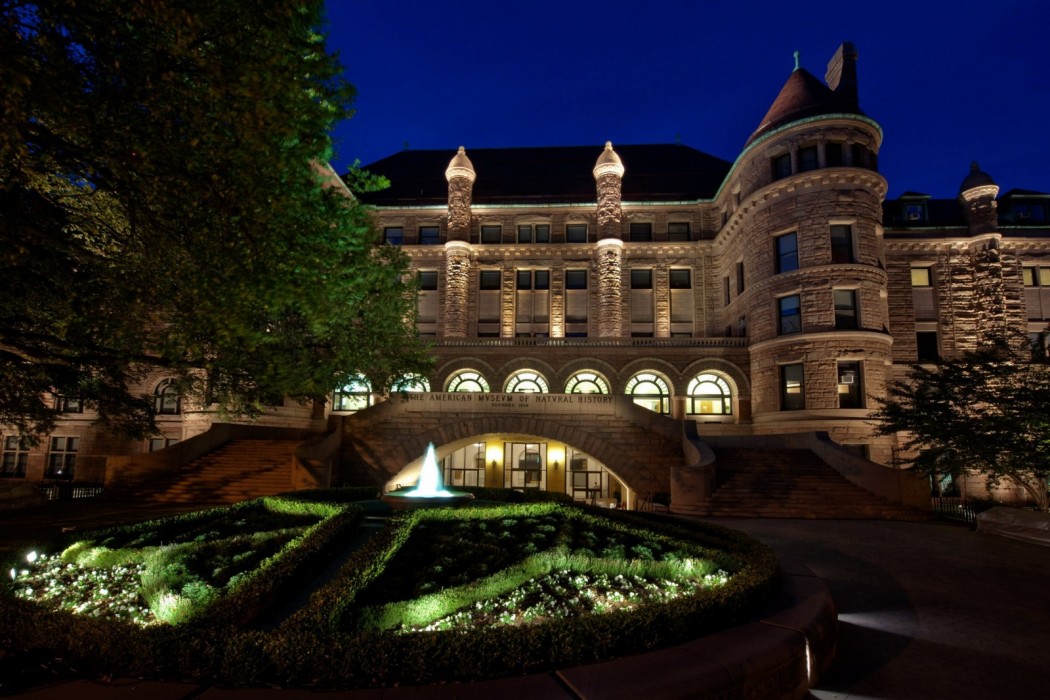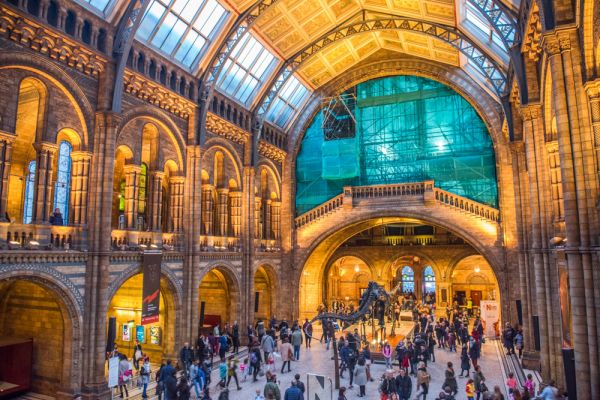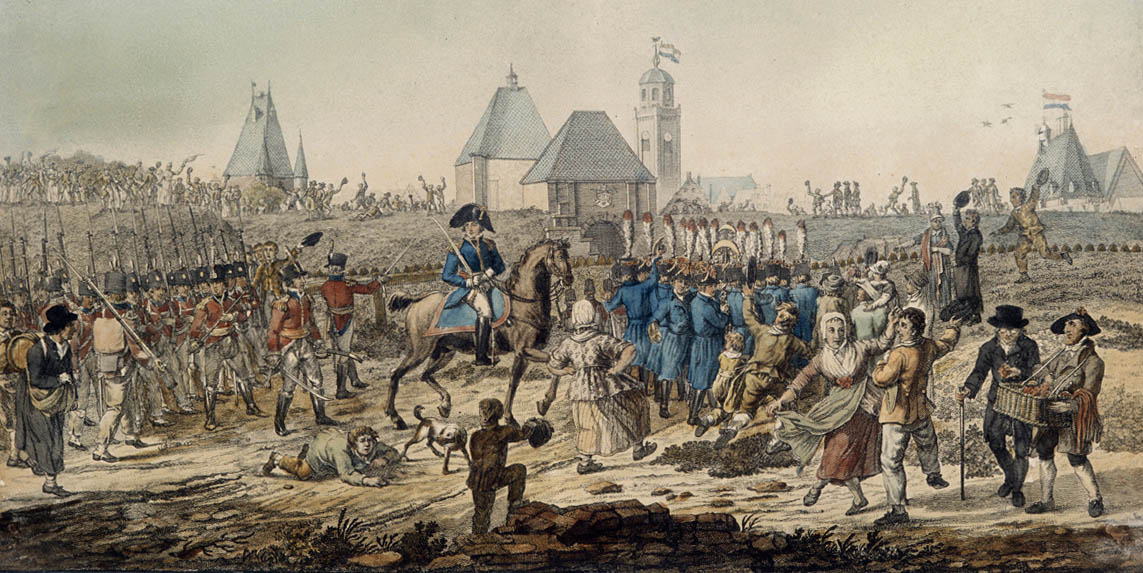- Historical Laboratoriesmac's History Timeline
- Historical Laboratoriesmac's History Historical
- Historical Laboratoriesmac's History Museum
- Historical Laboratoriesmac's History Definition
- A history of the Cavendish laboratory, 1871-1910. Publication date 1910 Topics Cavendish Laboratory (Cambridge, England), Physics - History Publisher London Longmans.
- The Stanford History Education Group is perhaps the biggest name in the game right now. But it’s always nice to find new tools and examples. During some teacher conversations in the last week or so, I ran across the History Labs section of the UMBC Center for History Education. And it supports all of the kinds of stuff we want a History Lab.
When out and about as an ordinary person (walking through the neighborhood, sitting in the dentist’s chair, shopping for lawnmowers), the response I get if I mention that I teach history unnerves me. My new acquaintance tells me about their remarkable child who can list every Civil War battle or confesses to having a poor memory for facts. When I say, “I can’t remember any facts either,” they look at me suspiciously as though I must not be a good history teacher. Whatever I say, I can’t seem to sell history as I understand it to people who “know” that the historian’s job is to accumulate information.
That most Americans misunderstand what a historian does has consequences for college students. I saw the problem repeatedly in my three-year term as undergraduate director for history at the University of Connecticut. First-year students entering as history majors often excel at memorization. They do know all the Civil War battles. They come to college wanting more of the same, and as they progress through the major, they resist what we teach—that history is a series of endless questions; that the seemingly omniscient, authoritative voice of secondary sources cannot be trusted; and that historians construct arguments or narratives based on surviving evidence. These students discover they are in a major that is incompatible with their interests and skills while there are other students—those who hate history because they do not like accumulating facts—who may have a real talent for history as we understand it but who will never see the possibilities history offers them. They end up in history classes only to fulfill general education requirements. And students forced to take history by requirement will not see history’s purpose as anything other than the accumulation of information because their one history class will most likely be a Western civilization, world, or U.S. history survey class, where they do indeed have to memorize several hundred years’ worth of details, or “facts,” to pass exams.

Historical Laboratoriesmac's History Timeline
Eventually, the general public might come to see history in a different way. The PBS series History Detectives could change perceptions. A fun and engaging show that solves historical mysteries in archives and at microfilm machines, it depicts work on screen that is familiar to me in my life as a historian. However, the show’s “renowned experts in the world of historical investigations” (an architecture professor, sociologist, and two appraisers) are not academic historians.1 They often visit history professors at this college or that university and have a conversation in which the professor speaks knowingly about what happened in the past. Consequently, the four investigators appear as seekers of knowledge, but the history professors appear only as repositories of knowledge.
Viewed from a perspective of historical proximity, the laboratory has never just been a space of knowledge production; it has also always been a place of illustrating, recording and documenting. 6 As we shall see, even the history of the knowledge of laboratories has been heavily dependent on drawings and other forms of graphical representation.

The transformation of history courses to include document analysis will likely also have some effect on public perceptions. The historical document has become a kind of a talisman indicating deep historical study, both at the college level and in high school social studies.2 But primary sources, especially when inserted in textbook sidebars or published in document collections, involve students in merely one small aspect of the historical research process. Analysis of one or two illustrative primary documents fails to expose students to those aspects of history research that give so many historians so much pleasure: the thrill of the chase, the wonder of holding an old thing in one’s hands, the discovery of something no one else knows, the piecing together of a puzzle.

These developments are not enough. The history community should actively address public misconceptions by critically evaluating certain practices in our curriculum and teaching that we take for granted. We could ensure that students left college knowing that history is an inquisitive, not acquisitive, art by turning the curriculum around, so that we begin where we now end—begin with research, end with synthesis.
Currently, most students’ introduction to college history occurs in a survey course, a synthetic overview of events, trends, ideas, and institutions organized by time and geography, sometimes also by a theme. General education, where most college students will have their only history experience, does not challenge the perception that history is about accumulating information. Any subtleties teachers might bring to lectures and readings that would cast history as investigative and interpretive will become lost as students’ most intense engagement with the course material will occur during their rapid-fire memorization of the textbook in all-nighters immediately before an exam.
History majors will usually experience history as investigation at some point in the curriculum. At the University of Connecticut, we require two courses: “The Historian’s Craft” introduces new majors to historical research, and a capstone senior seminar guides students to complete a major paper based on research in primary sources. If we carried the typical history department’s curriculum through graduate school, the pattern becomes clearer. The dissertation, with its emphasis on original research, is the culmination of historical training, the final test demonstrating mastery of the discipline.
Instead of introducing students to college-level history with a survey course, literally weighed down by a 500- to 600-page textbook with timelines and arcane facts, we should devise a laboratory course modeled after that in the sciences. Several years ago, while on a university-wide committee to develop new general education guidelines, I had to contend with colleagues in the sciences who did not see history as vital to general education because, they said, it was just about memorizing facts. That they all tested their students using multiple-choice exams when we in history used essay exams did not shake them from their view of history as mere transmission of knowledge from teacher to student. To convince them of history’s importance, I could have argued a position consistent with their conception of history, where knowledge is a commodity like gasoline at the gas pump, and the more knowledge one has, the better off one is. But instead, I envied the scientists’ defense of why science is important and particularly their talisman, the lab course. They did not just want science to stay in general education. They wanted the lab course to stay. A better metonym for their discipline than the primary document is for ours, the lab course replicates scientific inquiry from inception to discovery to interpretation of results. Most eye-opening for me was how the scientists, if they were to have only one opportunity to communicate to students what science was, wanted that moment to be spent immersed in scientific practice, not scientific content.
I now have a new mission in my teaching. I no longer teach the U.S. history survey. Introductory surveys only make students knowledge consumers when I want them to discover what it is like to be a knowledge producer. So that I could still contribute to general education, I developed an introductory history course called “The Historian as Detective” (unrelated to the television show except for my choosing the sexy word “detective” over “research,” “inquiry,” or “investigation”). I modeled my course after Paul Boyer and Stephen Nissenbaum’s Salem witchcraft course, which they had taught for many years at the University of Massachusetts and which eventually led to the monograph Salem Possessed (1974).3 My colleague Altina Waller was a great resource. A former Boyer and Nissenbaum teaching assistant, she was both a veteran of their course and had also, as an instructor, developed variations of the course around other topics such as the Hatfield-McCoy feud and the Memphis Race Riot of 1866.
For my topic, I chose the most infamous American whaleship mutiny without a published book-length account, the 1857 mutiny on the Junior. The Junior mutiny had drama, mystery and sufficient obscurity to frustrate students Googling for an authoritative voice to provide “the answer.” In a writing-intensive seminar, 18 sophomores spent a semester with all the primary sources I had been able to collect on the topic and produced a book, collaboratively researched and written, in which they recounted the events of the mutiny, its aftermath, and its larger meaning and significance.4 They now know a lot about whales and whaling history, some ocean geography, and some of the history of labor, prisons, and pardons in 19th-century America. More importantly, they did the work of real historians and along the way discovered the pleasures of the hunt, felt exhilaration when new information transformed understanding, and realized the satisfaction of piecing together bits of evidence from the documents to tell a coherent story. They also encountered the frustrations of real historical research: the inevitable gaps in the documentary record, questions that remain unanswered, and bad handwriting. I have yet to figure out how I will reproduce the experience on a larger scale, but I know that Boyer and Nissenbaum achieved that at the University of Massachusetts, where they taught large classes with sections led by teaching assistants.
I am not proposing my course, “The Historian as Detective,” as the ideal solution. It is one type of lab or, as I prefer to call it, “workshop” course. I can imagine other formats, which might draw more directly on the science lab course as a model, so that students would engage in one “experiment” or one history experience every week or over several weeks. Removing the authoritative voice so that students build explanations from the evidence itself seems essential, however, no matter the format of the course. Survey courses, even when studded with exemplary primary documents ripe for critical analysis, simply cannot teach what professional historians know through having experienced historical research—that knowledge is uncertain and transient and that seeking knowledge, satisfying one’s curiosity, brings more intellectual pleasure than the smug satisfaction of having a stockpile of knowledge in one’s head.
I have changed my own teaching, but the problem of public perceptions cannot be resolved in my classroom alone, for it requires a shift in custom by the profession as a whole. When I teach “The Historian’s Craft,” our sophomore-level historical methods class, I start with a discussion intended to disabuse students of their faith in textbooks. I ask how the authors know what they know and why we should believe it. I then reveal the process by which the textbook came into being, tracing various passages back to the monograph that supplied the interpretation and then further back to the primary sources that the author of that monograph used as evidence. Not surprisingly, the students feel betrayed, as though victims of a bait-and-switch. If the textbook does not represent what historians do and, moreover, makes invisible the process by which the knowledge within it was produced (which is the process they now have to learn as history majors), why are their history teachers assigning textbooks? I can teach “The Historian as Detective,” but I will continue to encounter history majors whose belief that the history discipline aspires to the accumulation of information has been sustained by other courses in the curriculum.
Changing the history curriculum at the introductory level would eventually have an effect on how academic historians engage with the wider public, as students we have taught in workshop courses go on to become our neighbors, dentists, lawnmower sales representatives, and colleagues in the sciences. Making the research experience central to history teaching could also resolve tensions within the historical profession, where research and teaching are often pitted against each other as though they are unrelated activities competing for the historian’s time and attention. If everyone recognized research as integral to the identity and purpose of a historian, then deans, legislators, and other people in power might realize that archives, historic preservation, document digitization projects, and the scholarship of individual researchers are not distractions from teaching but vitally important teaching resources.
—Nancy Shoemaker, professor of history at the University of Connecticut, is the author of several books in American Indian history, most recently A Strange Likeness: Becoming Red and White in Eighteenth-Century North America (2004). Her current research is on New England Indians and the American whaling industry.
Notes
Historical Laboratoriesmac's History Historical
1. PBS, “History Detectives: Overview,” www.pbs.org/opb/historydetectives/about/index.html, accessed 7/30/2008.

2. The addition of a “Document-Based Question” to Advanced Placement tests in the 1970s is one such marker; see Robert Blackey, “Advanced Placement European History: An Anatomy of the Essay Examination, 1956–2000,” History Teacher 35 (May 2002), 311–42. For high school social studies and the primacy of the primary document as an innovative teaching tool intended to capture the essence of how historians think, see Sam Wineburg, Historical Thinking and Other Unnatural Acts: Charting the Future of Teaching the Past (Philadelphia: Temple University Press, 2001).
Historical Laboratoriesmac's History Museum
3. Paul Boyer and Stephen Nissenbaum, Salem Possessed: The Social Origins of Witchcraft (Cambridge: Harvard University Press, 1974).
Historical Laboratoriesmac's History Definition
4. www.history.uconn.edu/undergraduate/syllabi/syllabi_s08/Shoemaker135W.pdf; Jenny Bunce, Caroline Ellis, Alex Peru, Erin Niles, Sal Faiella, Kyle Larned, Mary Clark, Aimee Ouellette, Elke Johnson, Abigail Zall, Matthew Burns, Danielle Adams, Brooks Converse, Conrad Morales Horowitz, Danielle Fulsher, Eric Jacobsen, Greg Pakiela, and Melissa Hamilton, “‘God Damn You, It’s Me!’: Mutiny and Murder Aboard the Whaleship Junior” (2008), manuscript in my possession.
Tags: Teaching Resources and Strategies
Comment
Please read our commenting and letters policy before submitting.
